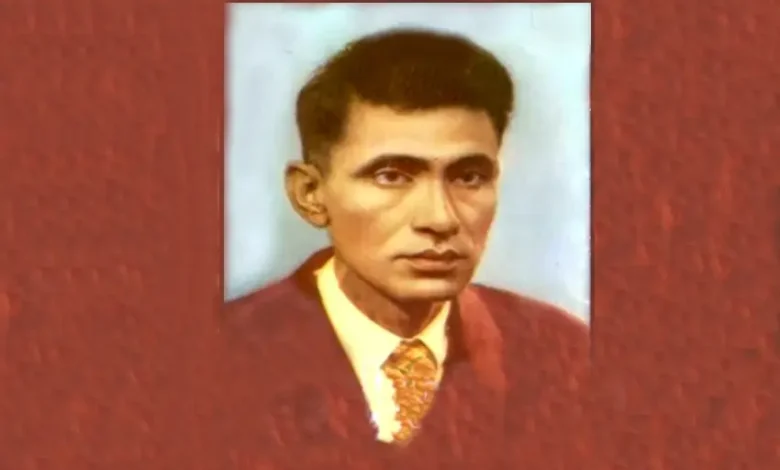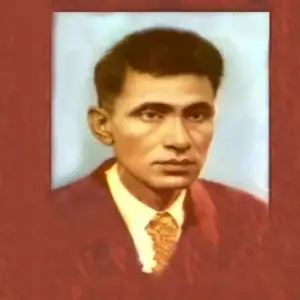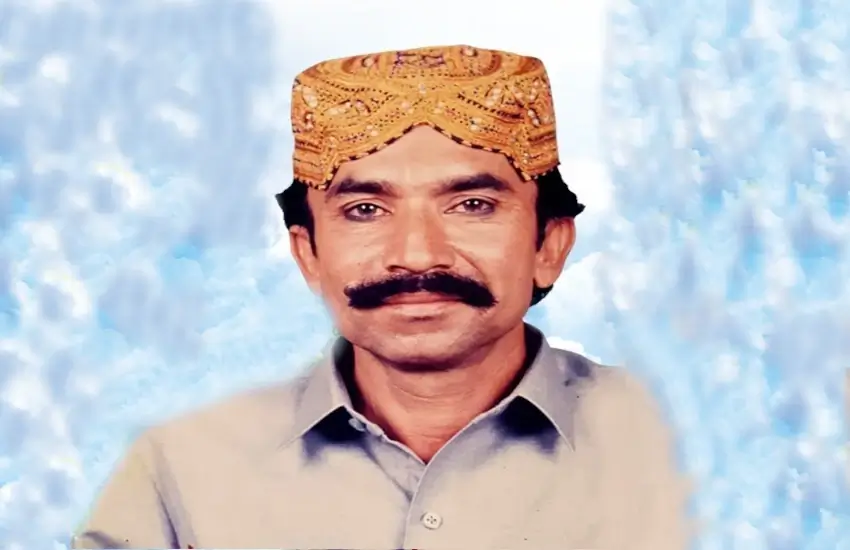Muhammad Ibrahim – Bio, Top 18 Best Sindhi Classical Music

Muhammad Ibrahim most popular Sindhi Classical Music artist, he is a famous Sindhi music singer, and his legacy in the world of Sindhi classical music is timeless and impressive. Sindhi classical music has rich and profound cultural lyrics that have captivated listeners for generations. His music resonates deep in the heart and reflects the Sindhi soul. Among the legendary figures who have composed this music, Muhammad Ibrahim stands out as a towering icon.
Best Muhammad Ibrahim Sindhi Classical Music Download
Biography and Early Life
Master Muhammad Ibrahim was born on 13 August 1920 in Salaya, Gujarat, British India. His formative years were spent in this culturally rich region, where he immersed himself in the rich tradition of Sindhi music and poetry. In 1941, at the age of 21, Ibrahim moved to Karachi, Pakistan, and eventually became one of the most celebrated voices in Sindhi classical music.
Family background
Ibrahim belonged to a family deeply rooted in the cultural traditions of Gujarat. His training was filled with the sounds of traditional music and poetry, which played a major role in shaping his future career. The cultural milieu of his early life in Gujarat provided a fertile ground for his artistic development and nurtured his innate talent and love of music.
Musical entrance
Muhammad Ibrahim’s journey in the world of music began at an early age. His love of music was evident from a young age, and he became particularly interested in Sindhi classical songs. His innate skill and dedication to his trade quickly drew the notice of experienced musicians, launching a singing career.
Motivation and guidance
Ibrahim’s early musical journey was heavily influenced by the great Sindhi musicians of the time. He sought advice from some of the most respected figures in Sindhi classical music, who helped him hone his skills and develop his unique style. These conductors played a key role in guiding him through the complexities of classical Sindhi music.
Rise and make a name for yourself.
Muhammad Ibrahim’s success came when he began performing on Radio Pakistan, one of the most popular outlets for Pakistani singers. His adaptations of Sindhi folk dastan songs, particularly the legendary “Noorjam Tamachi” and “Sassi Panu,” propelled him to prominence. Its clarifying qualities and emotional depth resonated with audiences in Sindh and beyond.
Signature music and performances
Among Ibrahim’s many contributions to Sindhi folk songs, his compositions of “Noorjam Tamachi” and “Sassi Panu” are perhaps the most impressive. These songs based on rich Sindhi traditions, had become synonymous with Ibrahim’s name. His ability to convey deep emotions through music made these performances unforgettable and gave him a lasting impact on Sindhi culture.
Contribution to Sindhi classical music
Muhammad Ibrahim’s influence on Sindhi classical music extends beyond his compositions. He was a key shaper of the genre, bringing innovation and styles to the forefront. His collaborations with other legendary musicians of the time like Ustad Manzoor Ali Khan and Ustad Muhammad Juman helped define the sound of modern Sindhi classical music.
An introduction to new music trends
In the years that followed Pakistan’s independence in 1947, Sindhi music underwent significant changes. Ibrahim and his contemporaries introduced new genres that matched the changing tastes of the Sindhi audience. His innovative approach to classical music helped broaden his appeal, allowing it to survive and thrive in the modern era.
Legacy of Muhammad Ibrahim
Muhammad Ibrahim’s legacy in Sindhi classical music lives on. His contributions left an indelible mark on the band, inspiring countless musicians to follow in his footsteps.
Memorials and Tributes
Over the years, many events and honors have been dedicated to the memory of Muhammad Ibrahim. One such event was held in 2016 at the Arts Council of Pakistan in Karachi to mark the 39th anniversary of his death. The event highlighted Ibrahim’s pivotal role in the development of Sindhi songs and served as a reminder of his lasting legacy.
A true history of Sindhi classical music
The history of Sindhi classical music is rich and complex, with roots dating back centuries. The Baroque style dominated Sindhi music between 1600 and 1750. However, as tastes changed, a new era of classical music emerged, emphasizing clarity, balance, and style.
Improvements in the process
Sindhi classical music, as we know it today, is thanks to the contributions of composers like Ustad Manzoor Ali Khan, Singer Ali Salim, and, Muhammad Ibrahim, etc. Traditional Sindhi musical instruments like the agora, yaktaro, and chapel played a vital role in this evolution, lending the music its distinct style.
Muhammad Ibrahim unique style
What set Muhammad Ibrahim apart from his contemporaries was his unique approach to Sindhi classics. Ibrahim’s ability to inject emotion into his performances, combined with his fluency in Sindhi, made him a beloved figure in the world of Sindhi music.
Influence on Contemporary Sindhi Music
His style has inspired a new generation of artists, who continue to draw upon his rich legacy. Contemporary Sindhi musicians frequently cite Ibrahim as a major influence, reflecting the lasting impact his work has had on the music.
The final years of Muhammad Ibrahim
His passion for his profession never wavered, and he remained a well-known personality in the music industry until his death on May 3, 1977. His passing was a major loss to Sindhi recording music around the world.
The views of his peers
Many of Ibrahim’s classmates spoke of the great respect they had for him as a musician and as a person. Fellow musicians often reflect on his generosity, dedication to his art, and ability to inspire those around him.
Conclusion
The life and work of Muhammad Ibrahim are a testament to the power of music to cross-cultural and language barriers. With his unique approach and dedication to his profession, Ibrahim helped shape the sound of Sindhi songs and secured its place in Pakistan’s cultural legacy. For more Sindhi Music visit our website Media Music Mania.
FAQs
Who was Muhammad Ibrahim, and why is he significant in Sindhi classical music?
Muhammad Ibrahim was a renowned Sindhi classical music artist whose timeless contributions enriched Sindhi culture. His unique style and passion helped shape the genre, making him a legendary figure in Sindhi music.
What are some of Muhammad Ibrahim’s most notable compositions?
His iconic adaptations of Sindhi folk tales like “Noorjam Tamachi” and “Sassi Panu” stand out as some of his most celebrated works, showcasing his emotional depth and mastery of classical music.
How did Muhammad Ibrahim begin his career in music?
Ibrahim’s journey started in his youth, deeply influenced by Sindhi poetry and music. His performances on Radio Pakistan propelled him to fame, earning him widespread recognition for his skill and innovation.
What role did Muhammad Ibrahim play in modernizing Sindhi classical music?
Ibrahim introduced new styles and genres to Sindhi classical music, blending traditional elements with contemporary trends. His innovations ensured the genre’s relevance and appeal in the post-independence era.
What is Muhammad Ibrahim’s legacy in Sindhi music today?
Muhammad Ibrahim’s influence continues to inspire contemporary Sindhi musicians. His unique approach, emotional depth, and dedication to preserving Sindhi culture have left an enduring mark on the world of classical music.








